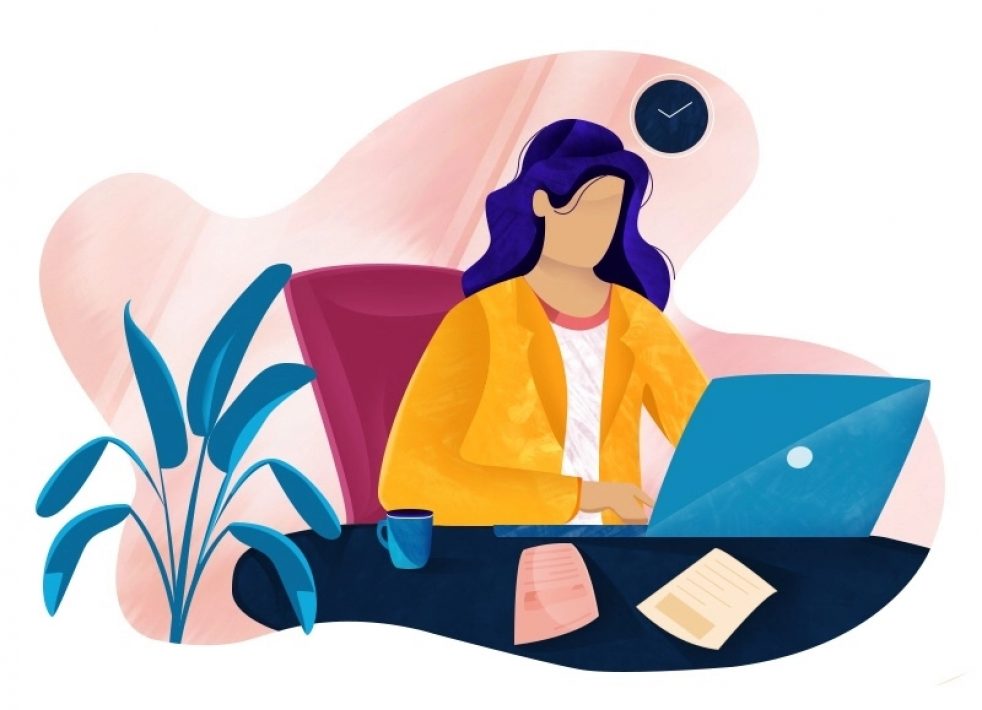The reason why you’re stuck with credit card debt could be due to several reasons: emergency expenses, poor financial management, or just chronic debt denial. Whatever it is, no doubt that credit card debt incurs higher interest rates compared to most other types of loans and in the long run make carrying balances expensive for cardholders.
Maintaining a credit card can be beneficial to your credit score only if you are paying on time and making sure you don’t carry balances. It’s best to pay your credit card balances in full every month but I think you already know that. You’re reading this article because you need solutions to your credit card dilemma.
There was a time that I was carrying balances in all my five credit cards. That’s why I understand how debt can be stressful and cause an anxiety attack. It felt like all the money I was paying just went to interest fees and my balances weren’t budging. As much as I try, I didn’t see any progress in paying off my accounts. Not that I wasn’t trying. I would always pay the minimum amount, sometimes more if I had extra money, and I never skipped any due dates. Still, I felt like drowning with credit card debts.
There is one strategy that helped me paid off all my credit card balances once and for all. It’s called the debt snowball method.
The idea for the debt-snowball method is simple. List down all your debts and arrange them from smallest to largest regardless of the interest rate. Next, make minimum payments on all your credit cards except the one with the smallest balance, which should be your topmost priority. The smallest balance debt should be attacked with vengeance! Had a windfall? Pay off this card first. Got a bonus? Allocate a big portion to pay your small card balance. Can you save money from using coupons? That saved amount should be put into card payment as well. Give your all!
Once you managed to kick the first debt on your list to the curb, it’s now time to tackle your second debt. Again, make minimum payments to all your cards except the second one on your list (which is technically the smallest balance now since you’ve managed to zero balance the earlier one, Yipee!) Not only you’re paying the minimum amount as usual to your second card, but you’re also rolling over the freed-up money from your first debt to pay the second debt on your list – like a snowball!
As you say goodbye to your second debt, continue to send all the money to the next debt on your list while making the minimum payment to the rest. Before you know it, you’re now debt-free. Amazing, isn’t it?
Why the debt-snowball method works?
It’s all about mindset. By seeing positive results, you’re likely to stick to it. Once you get rewarded for an action (in this case, paying off your smallest balance card), you want to do more of it. It doesn’t matter if it’s only your smallest debt, the motivation and momentum are what makes this debt-reduction strategy works.
Once all your credit card debts are eliminated, take all necessary steps to avoid being trapped again to the situation. Avoid overspending, live below your means, create an emergency fund, and don’t forget how stressful your life was when you still had debts. Hopefully, that would remind you to manage your finances better.
